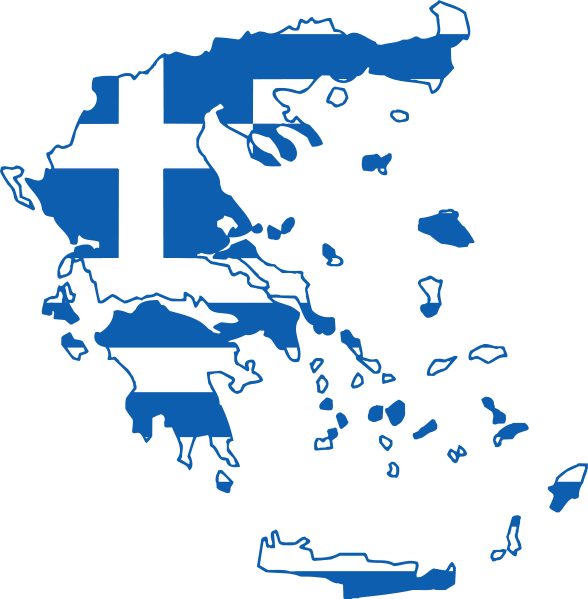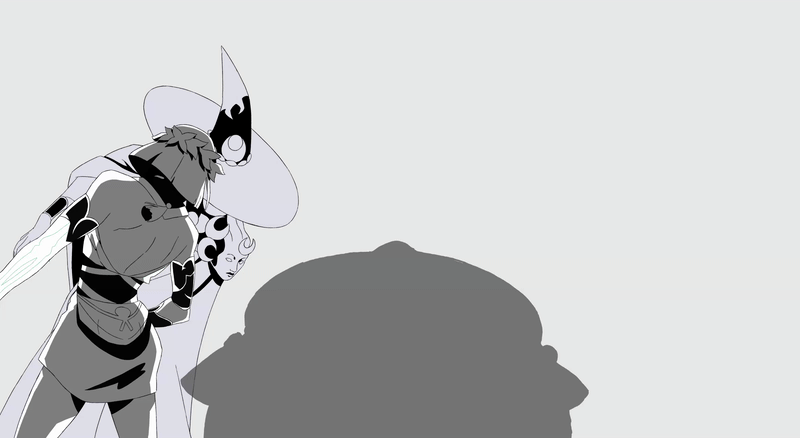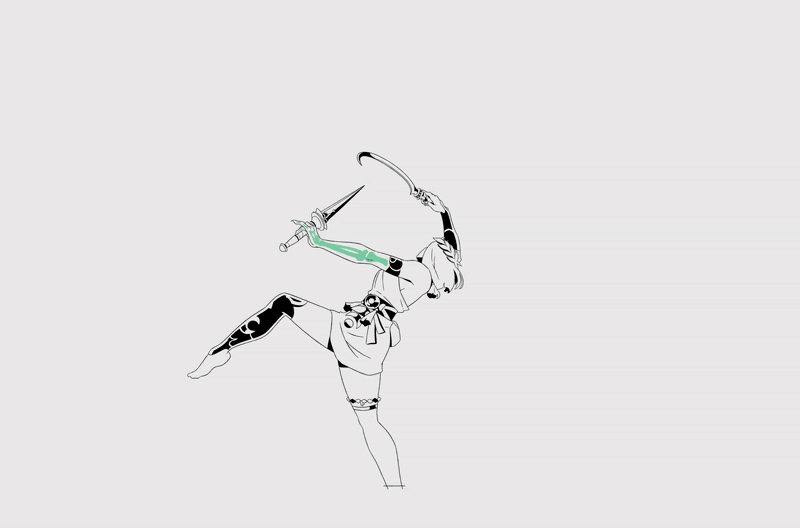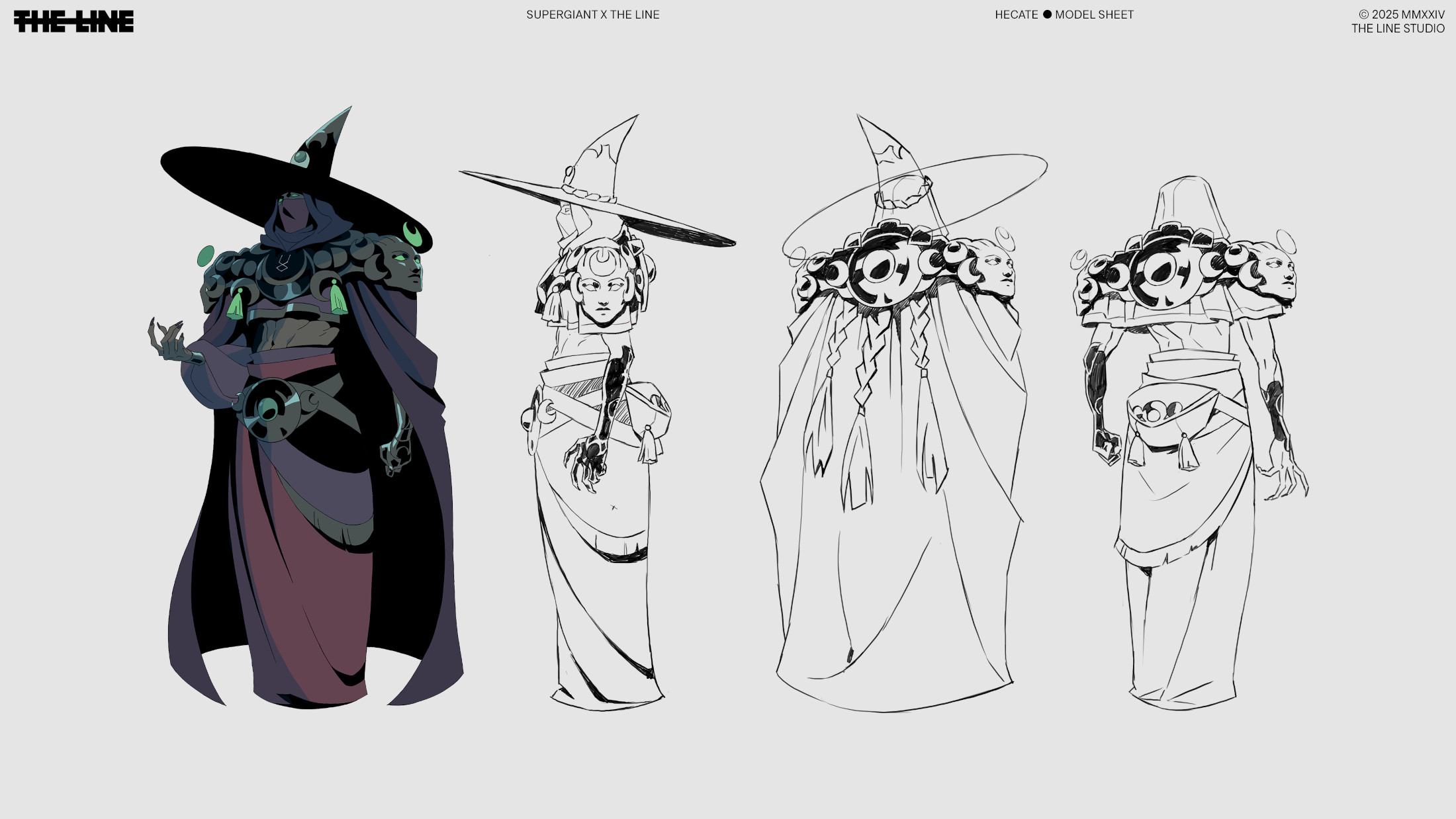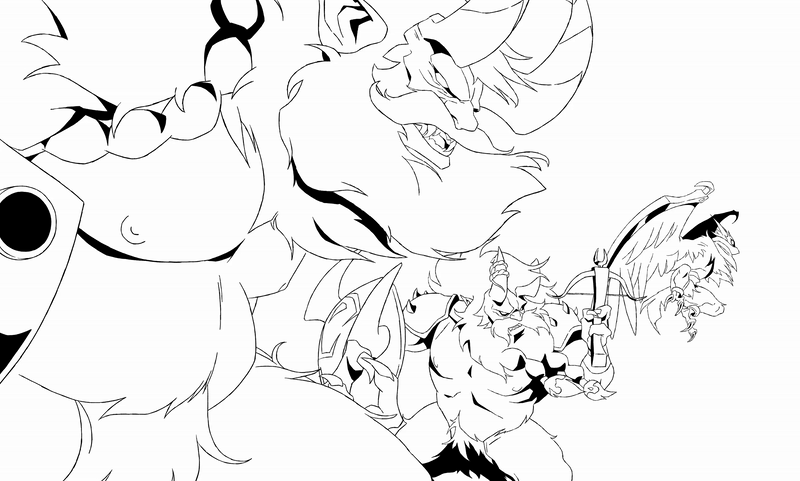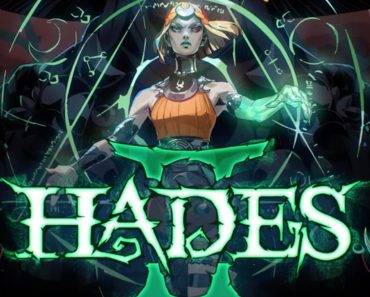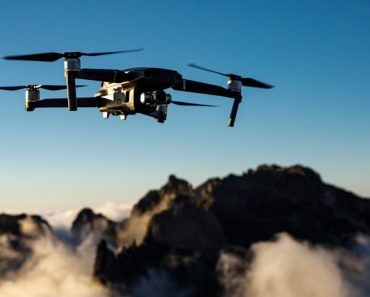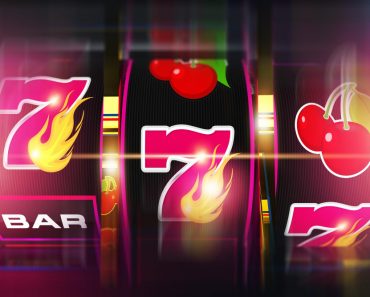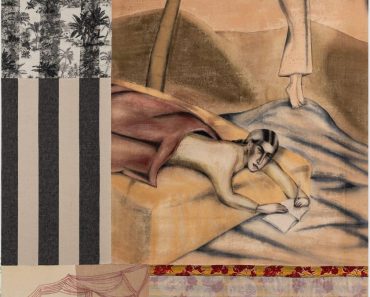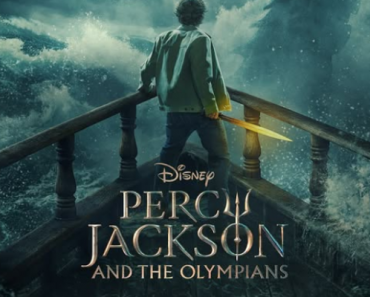After more than a year of early access, the long-awaited (and already acclaimed) Hades II—a sequel to the Greek myth-themed roguelite from Supergiant Games—finally announced its release date with a bang. A new animated trailer, produced by London-based studio The Line, offers a thrilling yet intimate interpretation of the game’s story of Melinoë, sister of the first game’s protagonist Zagreus.
Tasked with confronting and killing the tyrannical Chronos—the Titan of Time and her grandfather—Melinoë’s mission is rendered with both grandeur and humanity. Directed by Louve Karnas, the trailer taps into the duality of her quest for vengeance—fighting down into Tartarus and up to Mount Olympus—as well as her practice of witchcraft, summoning a more eerie, atmospheric tone than the explosive action of the game’s first trailer.
The Line has collaborated with game studios before—for example, Riot Games (League of Legends trailer Here, Tomorrow) and Marvel Snap (the music video Hero). But the Hades II trailer was particularly meaningful for Karnas, who was already a devoted fan of Supergiant before the studio approached The Line. “I’ve always been quite transparent that I’ve been a big fan of Supergiant for a long time,” they say. Karnas recalls being introduced to the games in animation school, listening to their soundtracks while working (with Bastion making the biggest impact), and being inspired by Supergiant’s holistic approach to design, story, gameplay, and narrative.



It wasn’t just the art and music that resonated. “The other thing is that Supergiant’s games have resonated quite a bit with the queer community,” Karnas says. “[Hades 1 and Hades 2] are a very welcoming and safe space for queer people to play games. Then you have characters with different body shapes, that speak different, that come from different places. As a queer person myself, I’ve been connecting with their games for a long time, so just having the chance to be a tiny part of that journey was very special for me.” When Karnas learned that The Line had been approached for the project, it was a no-brainer to ask to be involved.
Praising Supergiant’s trust in artists and the creative freedom provided, Karnas noted that the six-month project left comfortable room for experimentation. “That type of commercial work is usually quite quick, but I would say we had a good amount of time to make it happen. And we had a lot of time to discuss the intentions, narrative, aesthetic, visuals before I actually started pre-production, so I didn’t feel like I was going in blind.”
They entered the project with Supergiant’s brief and their own strong ideas, but much of the style also grew from the contributions and occasional surprises from the animation and art teams. “I knew right from the get-go that Lea [Rey-Mauzaize] was designing the creatures. I had worked with Lea before, and I was like, ‘I have a feeling, I know exactly how you’re gonna draw them. So just do your thing.’ And it was perfect. Same thing with Lucien and Amanda [Jespersen Holm]. Lucien did some character exploration, Amanda is our lead animator, she handled the character sheets and everything. Same thing with art direction: with Meryl [Franck], I saw her illustration work and I thought, ‘It can’t be anyone else.’ So the reason why the environments are so rich and textured is because of how she approaches illustration.” The team was a mix of familiar and new faces. “Clarisse [Valeix], my compositing lead, we’ve been working on projects for a long time together. My whole compositing team, most of them I had worked with quite often,” Karnas says.
Supergiant’s script made it clear this trailer would be different from the ones they’d done before. “The best example that I can give is that in the trailers Grackle worked on, the narratives were more in the present. You’re right there with Zagreus or you’re with Melinoë and Hecate, in the moment,” Karnas explains. This time, the script zoomed out. “They wanted to tell something that was broader, rather than focusing on a singular moment,” they add. “Because of that, it’s kind of hard to tell what is the present, what is the past, what is a repetition—it could be the fifth time that they’re doing the ritual, it could be the 100th time that she’s fighting in Tartarus.”
The story isn’t just about battles but also the complex, quasi-maternal relationship between Melinoë and her teacher Hecate. Karnas emphasizes the contradictions. “It’s a bittersweet story where it’s parenthood, but also Hecate knows that she hasn’t really given a life to Mel, she’s creating a weapon, training someone to kill.”
That duality gives the trailer its “hazy and ethereal” vibe, especially in the central cauldron dance sequence performed by Melinoë and Hecate. Karnas highlights the editing that makes each cut flow seamlessly. “The motion of one character will influence the other in the next shot,” they explain, citing one scene where Mel moves in the snow, and the movement flows into Hecate finishing a spin around the cauldron.
This treatment of combat as a dance is emphasized in Mel’s large, elegant arcs of motion and careful limb placements. “I really wanted the ritual and the moments where she goes on her quest to feel like they were different sides of the same coin. So everything that she’s learning through the ritual, being led by Hecate, she applies to when she goes on to her quest to kill Chronos, essentially.” Karnas wanted it all to feel like “part of the same instance,” a unity reinforced by The Line’s approach to Supergiant art director Jen Zee’s graphic stylings.
“When I was gathering inspiration for the projects, the first thing that came to me was the character portraits in Supergiant games in general, and in Hades. They’re beautiful, very detailed, very illustrative, and that’s something that I wanted to tap into.” To capture that style, the team used the After Effects plug-in Video Gogh to reconcile the detailed textures of characters and backgrounds.
The plug-in let the team apply custom textures and track them to the animation. “We basically used that software to be able to create a bit more depth in the shadows and skin tones and everything. We didn’t want it to be too harsh because we didn’t want the character to feel too busy,” Karnas says. “And it was quite important that if you took a still shot, it would feel like it was out of a comic book. So we knew that the environments were gonna be super textured, but we wanted to follow that up with the characters, so that it didn’t feel like ‘here’s the environment, and here’s the character on top of it.’”
The pursuit of this harmony required experimentation. “One thing with that type of style is that it’s forgiving, in a way, that it’s very textured—so you can experiment,” Karnas says. But the comic-book clarity left no room for shortcuts. “Everything on the screen is super crisp, there’s no focus shift with the camera, no motion blur to hide anything.”
That attention paid off, especially in moments where the trailer zooms in closer than the isometric viewpoint of Hades II allows. Perhaps the most striking is a shot of Melinoë preparing for battle, the camera lingering on her shoulder blades flexing.
Reflecting on the glamour and power of the moment, Karnas connects it to an old fascination: bodybuilding. “When I was really young, I thought they looked like superheroes,” they say. While they now approach it with less romanticism, bodybuilding remained a reference for the animation team—alongside dance. “Not only in the sense I want big muscles in the film—although I did, because Hecate is giant, and she’s really cool—but I love the attention toward the body moving and preparing.”
Other shots also draw from anime inspirations. Karnas cites The Legend of Korra (a shot of the Avatar stretching between battles) and Dragon Ball Super: Broly (Goku hopping before leaping into combat), both echoed in Mel’s movements.
Such attention to naturalistic movement helps humanize Melinoë. “That’s something that Supergiant told me right from the get-go, that she’s not like Zagreus. [He’s] jumping headfirst and attacking, whereas Mel has been trained since she was a child, and she doesn’t waste movement. And I wanted that moment to build tension, like a dancer about to start their routine, or a fighter calculating their opponent’s motion.” Then, with a grin: “I also did it because I thought it was really cool and quite sexy, I’m not gonna lie. I wanted these characters to make me clutch my pearls!”
